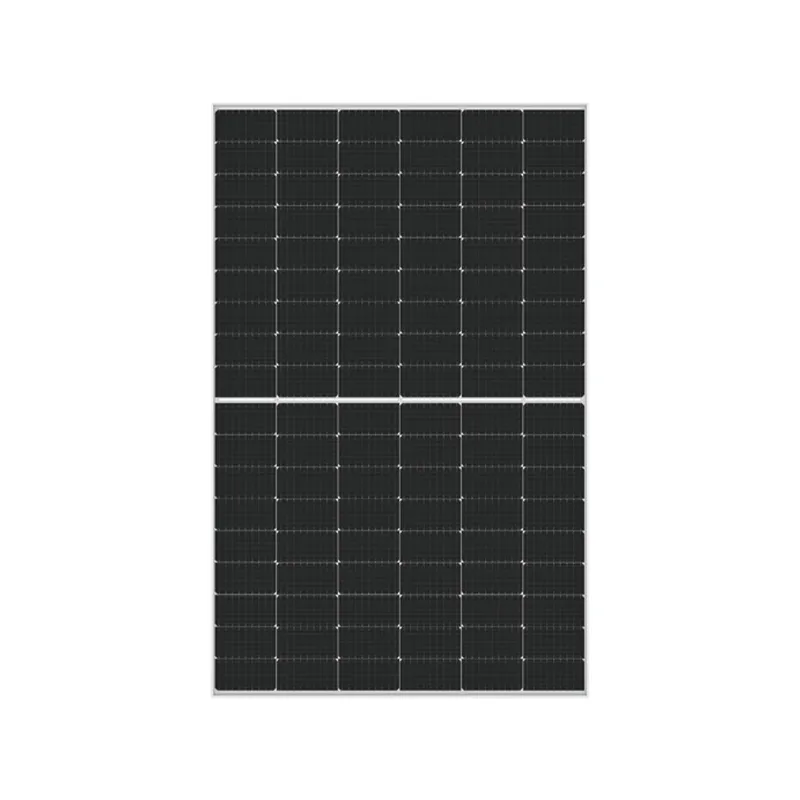Understanding the Cost Factors of PV Panels for Your Solar Energy Project
The Cost of PV Panels A Comprehensive Overview
Photovoltaic (PV) panels, commonly known as solar panels, have become increasingly popular as a source of renewable energy. They convert sunlight into electricity, providing a sustainable and environmentally friendly alternative to traditional energy sources. As more individuals and businesses consider solar energy, understanding the cost of PV panels is crucial. In this article, we will explore the various factors influencing the cost of PV panels, their installation, and the potential return on investment.
Understanding the Basics of PV Panel Costs
The cost of PV panels can vary significantly based on several factors, including the type of panel, the quality of materials, installation costs, and local market conditions. On average, the price of solar panels has declined dramatically over the past decade due to technological advancements and increased competition in the market. As of 2023, the average cost of solar panels ranges from $2.50 to $3.50 per watt, which translates to an average installation cost of $10,000 to $15,000 for a typical residential system.
Types of PV Panels and Their Costs
There are primarily three types of PV panels monocrystalline, polycrystalline, and thin-film
.1. Monocrystalline Solar Panels These are made from a single crystal structure, making them more efficient and space-saving. Their higher efficiency often comes with a price tag of $3.00 to $4.00 per watt, but they typically provide the best performance in limited spaces.
2. Polycrystalline Solar Panels These panels are made from multiple crystal structures and are generally less expensive than monocrystalline panels, costing between $2.50 to $3.50 per watt. While they are slightly less efficient, they represent a more affordable option for larger installations.
pv panels cost

3. Thin-Film Panels Made from non-crystalline materials, these panels are lightweight and flexible but tend to have lower efficiency rates. Their cost usually falls between $1.50 to $2.50 per watt, making them suitable for specific applications but less common for residential use.
Installation Costs and Additional Factors
The installation of PV panels adds another layer of expense. Factors such as the complexity of the installation, the type of mounting system used, and local labor rates can all influence overall costs. On average, installation costs can account for 10% to 20% of the total project budget. Additionally, costs can vary by region; urban areas often see higher prices compared to rural locations due to differences in labor costs and local regulations.
Financial Incentives and Long-term Savings
Despite the upfront investment, the long-term savings associated with solar panel installations can be substantial. Many governments offer financial incentives, such as tax credits, rebates, and grants, to encourage the adoption of solar energy. For instance, in the United States, the federal solar tax credit allows homeowners to deduct a significant portion of their installation costs from their federal taxes, making solar energy more accessible.
Furthermore, solar panels can lead to significant savings on electricity bills. Many homeowners report saving hundreds, if not thousands, of dollars annually by generating their own electricity. Over time, these savings can offset the initial investment and contribute to a positive return on investment.
Conclusion
The cost of PV panels is influenced by various factors, including the type of panel, installation costs, and local market conditions. As technology continues to advance and the demand for renewable energy grows, the costs are expected to decline further. With potential financial incentives and the promise of long-term savings, investing in solar energy through PV panels remains an attractive option for both homeowners and businesses looking to embrace sustainability. By understanding the associated costs, individuals can make informed decisions about their energy future.
-
Unlocking Energy Freedom with the Off Grid Solar InverterNewsJun.06,2025
-
Unlock More Solar Power with a High-Efficiency Bifacial Solar PanelNewsJun.06,2025
-
Power Your Future with High-Efficiency Monocrystalline Solar PanelsNewsJun.06,2025
-
Next-Gen Solar Power Starts with Micro Solar InvertersNewsJun.06,2025
-
Harnessing Peak Efficiency with the On Grid Solar InverterNewsJun.06,2025
-
Discover Unmatched Efficiency with the Latest String Solar InverterNewsJun.06,2025







